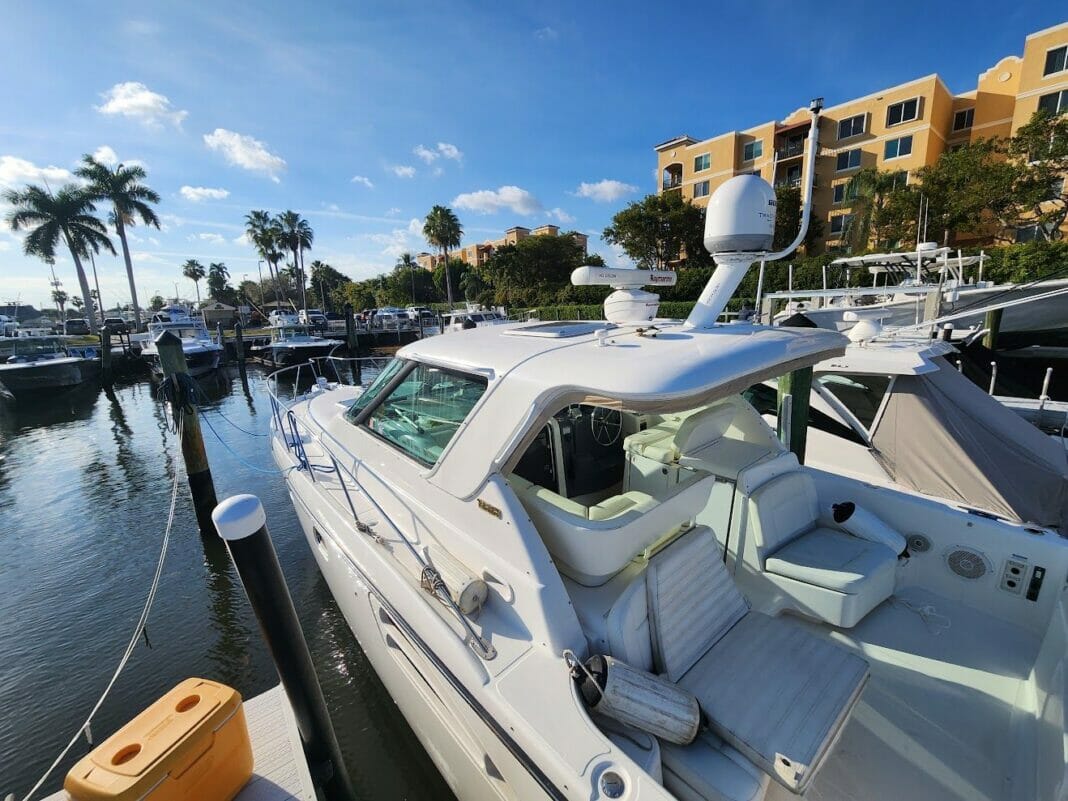Navigating through waterways safely and efficiently requires skill, experience, and technological assistance. One of the most valuable tools a boater can have is a radar system that can enhance situational awareness and help navigate in various conditions. This guide will provide an overview of boat radar systems, how they work, and practical tips for using them to enhance your water navigation experience.
Understanding Boat Radar Systems
A boat radar system is an electronic device that uses radio waves to detect the presence and measure the distance of objects in the water. The system sends out a radio wave signal, which bounces off objects and returns to the radar. The time it takes for a signal to travel back to the radar determines the distance to the object. The radar system then displays this information on a screen, providing a visual representation of the boat’s surroundings in real-time.
Boat radar systems come in two primary types: pulse radar and broadband radar. Pulse radar systems send out a short burst of high-energy radio waves, while broadband radar systems utilize a continuous, lower-power signal. Both systems have strengths and weaknesses, and the choice between them largely depends on personal preference and budget.
Key Features of Boat Radar Systems
When shopping for a boat radar system, be sure to consider the following features:
- Power Output: Measured in watts, the power output of a radar system dictates the range and clarity of the radar image. Higher output systems will produce clearer images at longer ranges.
- Antenna Size and Shape: The size and shape of the radar antenna will affect the system’s performance, particularly its ability to detect objects at close range and its horizontal beam width.
- Controls and Interface: The radar system’s user interface should be accessible, easy to use, and clearly display information about the boat’s surroundings.
- Adjustable Gain Control: The gain control feature allows you to adjust the sensitivity of the radar system, reducing clutter and improving image clarity.
- Automatic Tracking: Some radar systems include automatic tracking features that can track multiple targets, estimate their speed and direction, and predict potential collision courses.
Using Boat Radar for Safe Navigation
Once you have a thorough understanding of how boat radar systems work and what features to look for when purchasing one, it’s essential to learn how to use it effectively for safe navigation. Here are some essential tips for using boat radar for safe navigation:
Familiarize Yourself with the Radar Display
Take the time to familiarize yourself with the radar display before heading out on the water. Learn how the system represents your boat, other vessels, and common landmarks. A good understanding of the display will help you quickly assess your surroundings and make informed decisions when navigating.
Learn to Interpret Radar Reflections
Boat radar systems can detect a wide range of objects, including other boats, buoys, landmasses, and even rain showers. Learn to recognize the radar signatures of these objects, paying particular attention to their size, shape, and the intensity of the radar reflection. This will provide valuable information about your surroundings and help you make informed decisions during navigation.
Use Gain Control to Reduce Clutter
Radar images can often become cluttered with various objects, making it difficult to discern important information. Using the adjustable gain control, reduce clutter by adjusting the radar’s sensitivity. This will allow for a clearer image and better visibility of important objects in your vicinity.
Monitor the Radar in Various Conditions
Boat radar systems can be particularly useful in situations where visibility is reduced, such as during heavy rain or fog. As your confidence in using the radar system grows, practice using it in various weather conditions to become more comfortable navigating in challenging environments.
Use the Radar for Collision Avoidance
One of the most critical uses for boat radar is collision avoidance. Monitor the radar for other vessels and track their movement to predict potential collision courses. Utilize features such as automatic tracking to help identify and monitor multiple targets.
Final Thoughts
Boat radar systems are integral to safe navigation on the water. By understanding the technology, selecting the appropriate system for your needs, and learning to use it effectively, you can enhance your situational awareness and navigate confidently in various conditions. Remember to practice using your radar in a variety of situations to build your skills and expertise. Safe boating!


